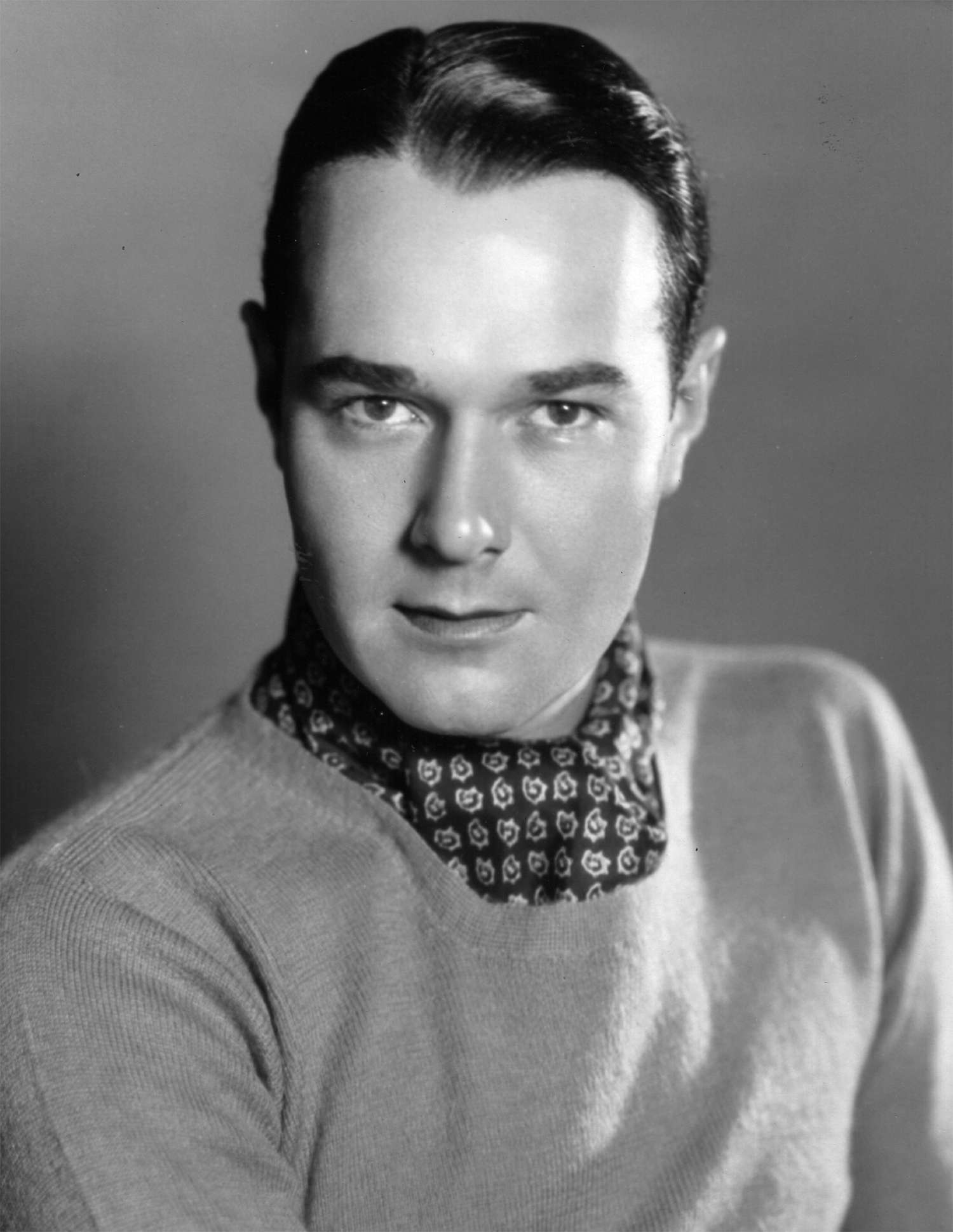In a groundbreaking move, William “Billy” Haines, a renowned matinee idol in 1930s Hollywood, chose love and authenticity over his flourishing career.
Despite being openly gay, Haines was America's top box office star at the time.
Haines, famous for his role in “Show People,” frequently attended Hollywood premieres and parties alongside his partner, Jimmie Shields.
However, the introduction of the Motion Picture Production Code in 1933 brought about strict moral guidelines, leading Louis B. Mayer, a powerful figure at MGM, to issue an ultimatum to Haines.
The ultimatum demanded that Haines end his relationship with Shields and instead enter into a studio-arranged marriage to protect his career.
Rather than succumbing to societal pressures, Haines made the courageous decision to stay with Shields.
According to William J. Mann, author of “Wisecracker: The Life and Times of William Haines,” Haines' revolutionary act lay in his genuine and unapologetic way of living during a time when there were no role models for the queer community.
He exemplified integrity and refused to let others define him.
Even Haines' on-screen persona, the “wisecracker,” incorporated elements of his own sexuality.
Mann explains that Haines achieved popularity as an actor not by concealing his gayness but by embracing it as part of his identity.
The “wisecracker” character was characterized by its campiness, flamboyance, and sneaky charm, reflecting Haines' open and unapologetic personality, even in roles that portrayed heterosexual relationships.
Mann emphasizes that Haines' ability to be himself and still become the top box office star in 1930 was due to his refusal to pretend to be someone he wasn't.
The film industry acknowledged his s**ual orientation, and his success challenged societal norms.
However, Haines' openness clashed with the newly established Production Code, which aimed to promote straight, white, Christian, middle-class values in Hollywood.
Initially, Haines was asked to tone down his flamboyance on screen before being confronted with the ultimatum regarding Shields.
Mann remarks that it was rare for someone as ambitious and career-focused as Haines to walk away, but he did.
This early example of affirming one's queer identity underscored the importance of embracing one's true self, regardless of societal expectations.
Legend has it that Haines defiantly told Mayer, “I'll give up Jimmie when you give up your wife,” reaffirming his commitment to Shields as his life partner.
Despite Haines' belief that his fame would shield him from Mayer's attempts to blacklist him, he soon learned that only low-budget Poverty Row studios were willing to work with him.
While this could have led to a retreat from Hollywood, Haines refused to fade into obscurity.
Instead, he thrived as an interior designer, decorating the homes of influential figures such as Joan Crawford, Carole Lombard, Nancy and Ronald Reagan, and even Louis B. Mayer himself.
Haines unintentionally embarked on a second career within the confines of his own home.
His first major project involved designing his own luxurious residence, and his friends were captivated by his impeccable taste.
Crawford, Haines' closest friend, enlisted his services to decorate her house, sparking a chain reaction of referrals from other Hollywood elites.
This newfound career became a fallback option when his acting opportunities diminished.
Although Haines had a notable chance to return to the silver screen, declining Billy Wilder's offer to appear in “Sunset Boulevard” alongside icons like Buster Keaton, by that time, he had become a highly respected designer.
Haines and Shields' love story came to a tragic end after almost five decades together.
Haines passed away from lung cancer in 1973, and shortly after, Shields took his own life, unable to bear the loss of his beloved partner.
Haines' decision in 1935 remains significant even today.
The entertainment industry still poses challenges for actors who must decide how authentic they want to be in their public lives, considering the potential impact on their careers and the roles offered to them.
Mann compares Haines to Edward VIII, who abdicated the throne for love.
Haines prioritized authenticity, integrity, and recognizing the importance of things beyond material success.
As Joan Crawford once said, Haines and Shields were the happiest couple in Hollywood, leaving behind a legacy that emphasizes the significance of standing up for what truly matters in life.
Haines paved the way for actors today to live their truth, establishing a foundation upon which others can build and express themselves freely.































